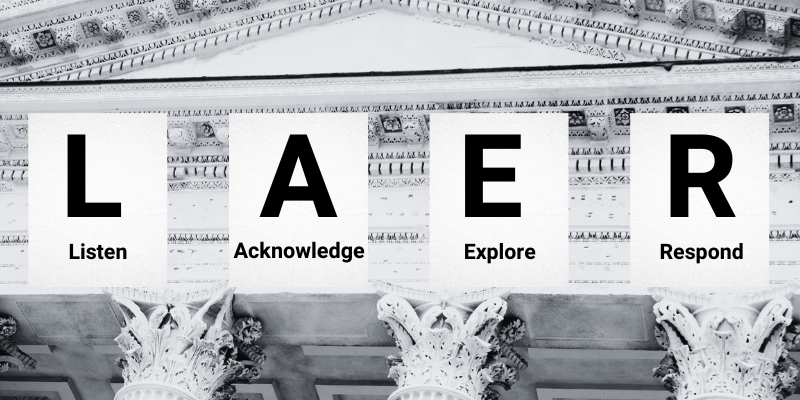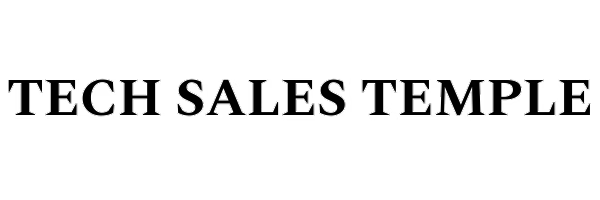Mastering Objection Handling with the LAER Framework

In tech sales, handling objections is a crucial skill. How you respond to a prospect’s concerns can significantly impact your chances of closing a deal. That’s where the LAER framework comes into play. This method provides a structured approach to address objections effectively, ensuring that you maintain control of the conversation and build trust with your prospects.
What is the LAER Framework?
The LAER framework stands for Listen, Acknowledge, Explore, and Respond. It’s a step-by-step process designed to help sales professionals manage objections with finesse and confidence. Here’s a breakdown of each step:
1. Listen
When a prospect raises an objection, it’s vital to actively listen to their concerns. This means giving them your undivided attention, avoiding interruptions, and genuinely understanding their point of view. Active listening helps you grasp the nuances of their objections and demonstrates that you respect their opinions.
Example:
- Prospect: “I’m not sure your product can integrate with our existing software.”
- You (Listening): Maintain eye contact, nod, and fully absorb what they’re saying without interrupting.
2. Acknowledge
After listening, the next step is to acknowledge their concern. This doesn’t mean you have to agree with it, but it’s important to validate their feelings. Acknowledgment can be as simple as repeating back what they’ve said or expressing understanding.
Example:
- You (Acknowledging): “I understand that integration with your current software is a critical factor for you.”
3. Explore
Since the initial objection often masks deeper issues, it’s essential to explore further by asking open-ended questions. This step helps you clarify the objection and uncover the root cause of their concern.
Example:
- You (Exploring): “Can you tell me more about your current software setup and what specific integration challenges you foresee?”
4. Respond
Finally, after gathering all necessary information, it’s time to respond. Your response should address the specific objection with tailored solutions, drawing on customer success stories, facts, and references. Confidence in your answer is key to reassuring the prospect.
Example:
- You (Responding): “We’ve successfully integrated with companies using the same software. For example, [Customer Name] faced a similar challenge, and we were able to create a seamless integration thanks to our API-first tech stack. I’m confident we can do the same for you.”
Benefits of Using the LAER Framework
Utilizing the LAER framework offers several advantages:
- Builds Rapport: Demonstrates that you value the prospect’s concerns, fostering trust.
- Uncovers True Objections: Helps identify and address the actual issues behind surface-level objections.
- Provides Structured Responses: Ensures that your responses are well-informed and relevant.
- Boosts Confidence: Equips you with a reliable method to handle objections, enhancing your overall confidence.
Implementing LAER in Your Sales Strategy
Here are some tips to integrate the LAER framework into your sales routine:
- Practice Active Listening: Train yourself to focus entirely on the speaker without forming premature responses.
- Use Empathy Statements: Phrases like “I see where you’re coming from” or “That’s a valid point” can effectively acknowledge concerns.
- Prepare Probing Questions: Develop a list of open-ended questions that can help explore potential objections deeper.
- Gather Success Stories: Collect and memorize customer success scenarios that can be used as references in your responses.
- Role-Playing: Regularly engage in role-playing exercises with your team to simulate objection handling and refine your LAER technique.
Conclusion
Mastering the art of objection handling can elevate your sales game significantly. The LAER framework provides a practical and effective methodology for addressing objections, building trust, and closing deals. By listening, acknowledging, exploring, and responding confidently, you can turn objections into opportunities.
Connect with other tech sales professionals in our community forum today to discuss the best strategies for objection handling.
Remember, every objection is an opportunity to learn, grow, and ultimately, succeed. Happy selling!
